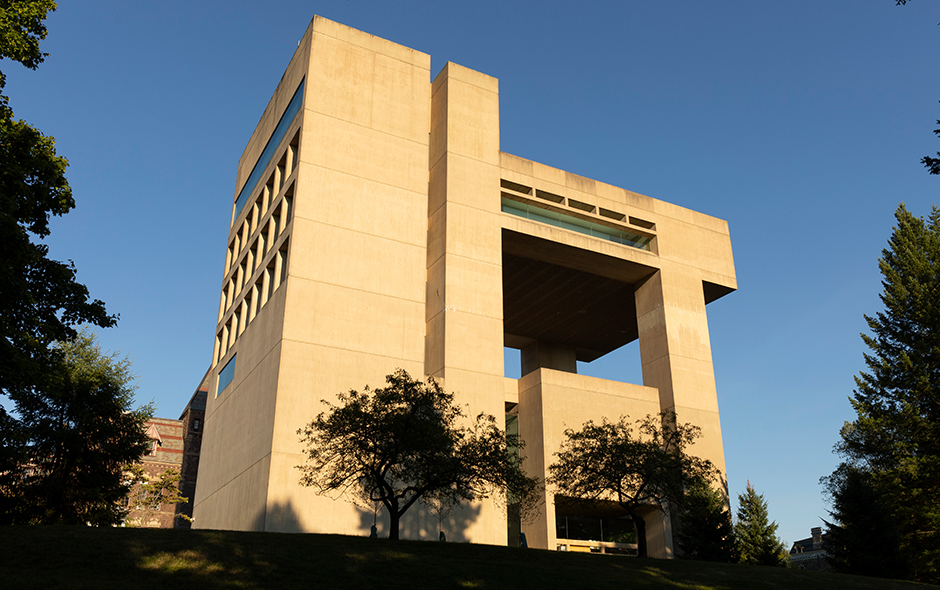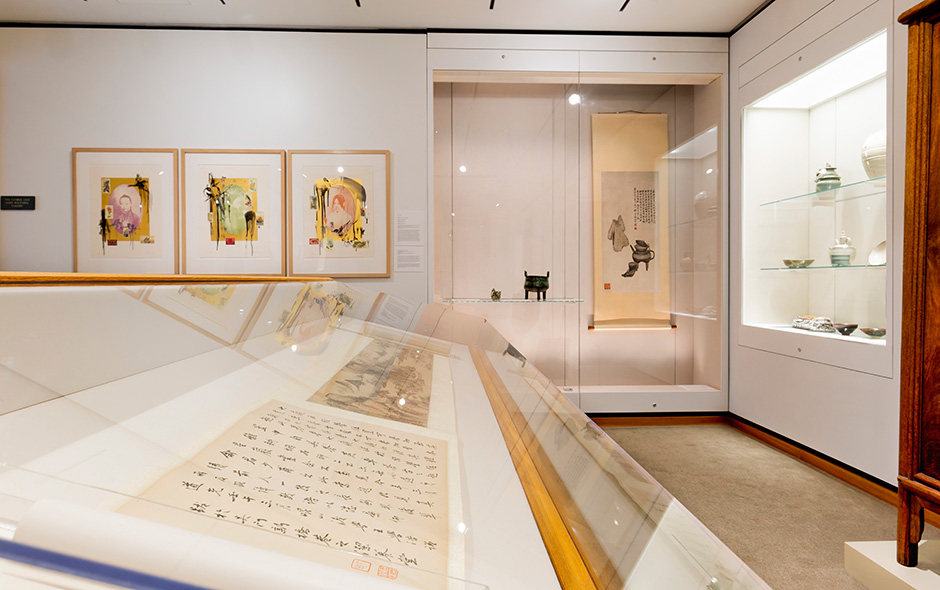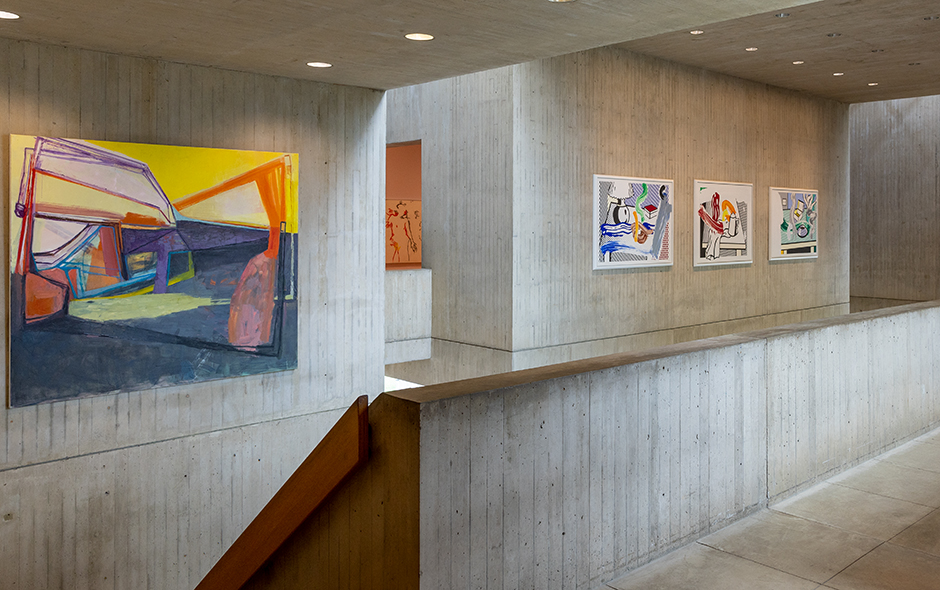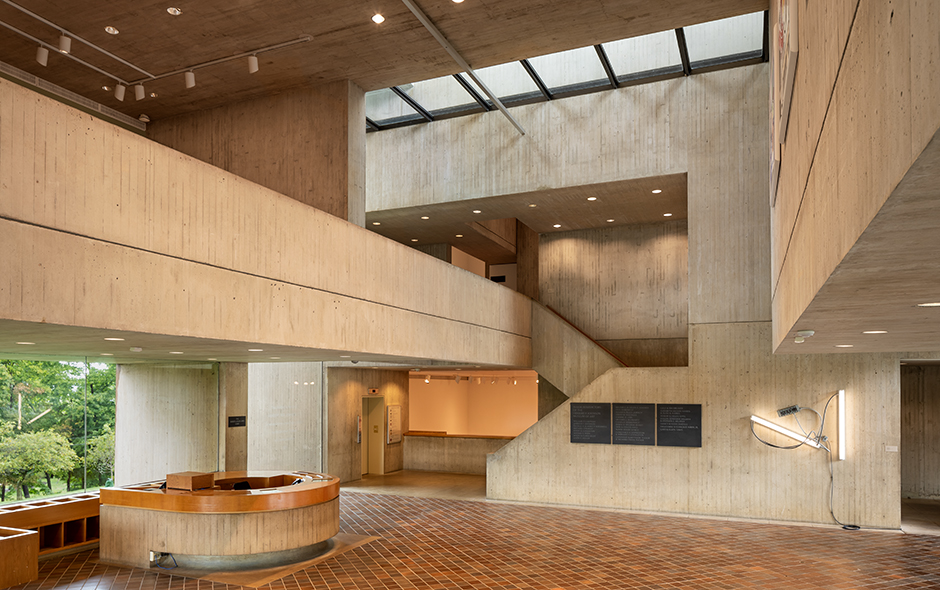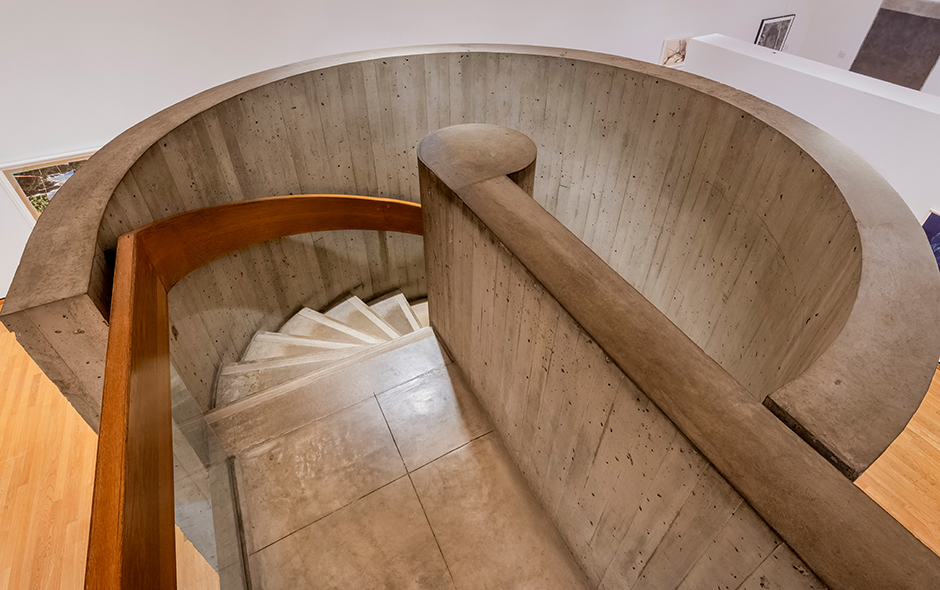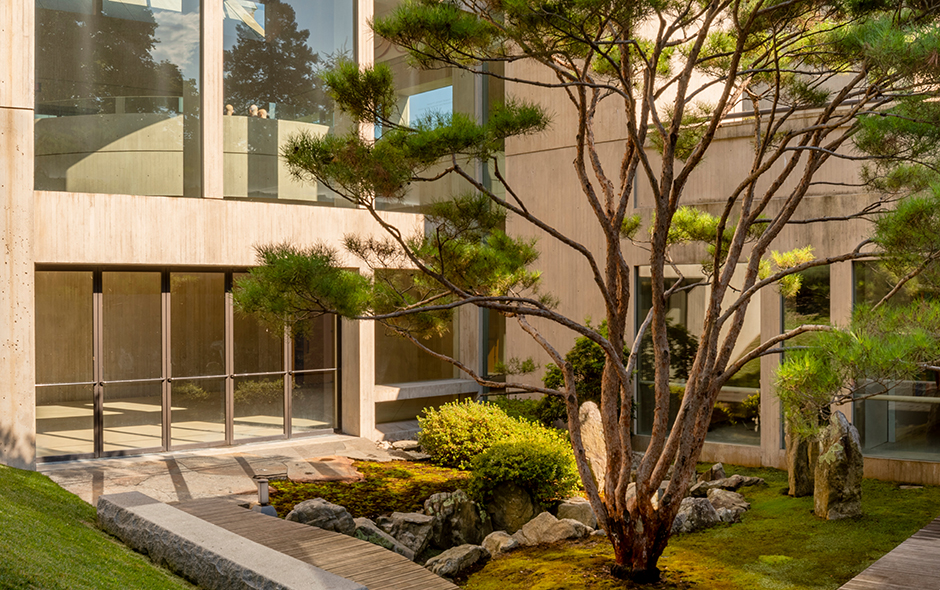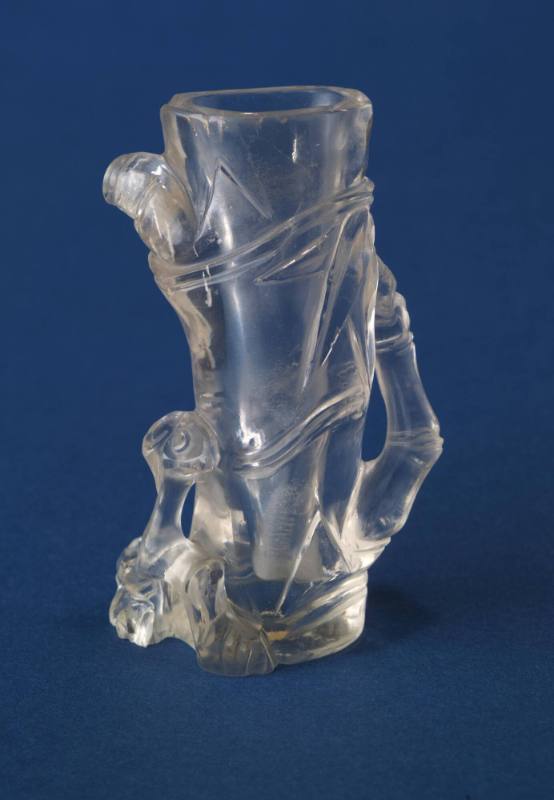Quezal Art Glass and Decorating Company, Brooklyn
Compote, gold interior, white and green lotus leaves

Object Details
Artist
Quezal Art Glass and Decorating Company, Brooklyn
Date
1901-1925
Medium
Glass
Dimensions
Height: 8 inches (20.3 cm)
Credit Line
Edythe de Lorenzi CollectionBequest of Otto de Lorenzi
Object
Number
64.0906
BRIEF DESCRIPTIONThis glass compote has a gold iridescent interior and crackle effect on the interio(…)
BRIEF DESCRIPTIONThis glass compote has a gold iridescent interior and crackle effect on the interior edges. Notice how the edges are waved like flower petals. Designs resembling lotus leaves adorn the outside.WHERE WAS IT MADE?This compote was made in Brooklyn, NY, sometime between 1901 and 1925 by the Quezal Art Glass & Decorating Company. Martin Bach and Thomas Johnson, two former employees of Tiffany glassworks, founded the company in 1901. The name “Quezal” came from an alternate spelling of the Guatemalan sunbird, the Quetzal, which features brightly colored feathers and iridescent plumage. The name described the colorful, iridescent glass pieces produced by the glass factory working at the same time and in a style similar to the works of their previous employer, Tiffany Glassworks. Quezal Art Glass was only open for a short period of time, closing its doors in 1924.HOW WAS IT MADE?The shimmering iridescence on this vase is a decorative effect achieved by introducing metallic substances into the batch of glass or by spraying the surface of the vessel with oxides like stannous chloride or lead chloride and then reheating it in a reduced atmosphere. Ancient glass often has an iridescent appearance caused by the effects of weathering.The crackle effect is achieved by spraying the surface with oxides or metallic substances and then reheating the vessel.The gold luster on the interior is a form of staining. To achieve this effect the surface is covered with metallic oxides that have been dissolved in acid and mixed with an oily medium. The vessel is then fired in a kiln at a temperature around 1150 degrees Fahrenheit, depositing a film upon the surface that, when cleaned, becomes shiny.



